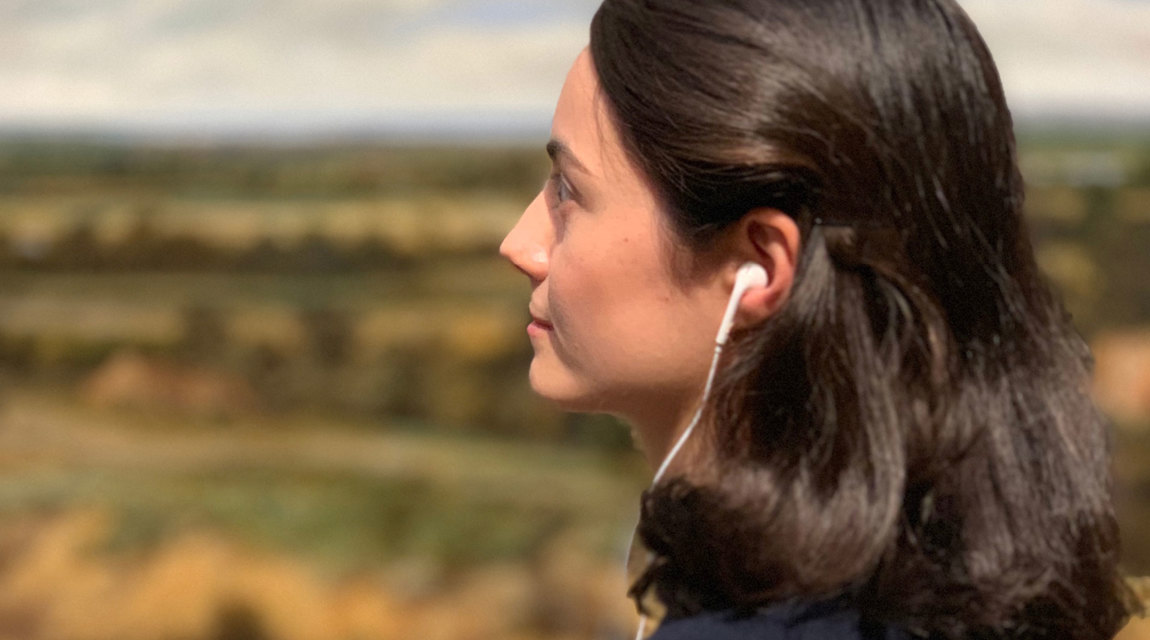Secondary schools: Online talks
Interactive talks from Gallery Educators over Zoom
Key Stages 3-5

Interactive talks from Gallery Educators over Zoom
Key Stages 3-5
Students are encouraged to interact and ask questions in these lively talks led by Gallery Educators via Zoom.
We are currently reviewing our online talks offering. Improvements are underway for our sessions for the 2025/2026 school year. Please check back on this page to book a session once the updated programme becomes available.
Prices
UK schools: Free
Overseas schools: £100-150 per group
Please note, we operate a 30-day cancellation policy
Please let us know more than 30 days prior to your session if you need to cancel a booking, or more than 14 days prior if you need to reschedule. Cancellations made with 30 or fewer days’ notice, rescheduling with 14 or fewer days’ notice, and no-shows will incur a charge for UK schools and are non-refundable for overseas groups.
All of our themes can be adapted for SEND groups. Please contact us at schoolbookings@nationalgallery.org.uk for more information about how we can meet your group’s needs. We recommend a maximum group size of 10.
